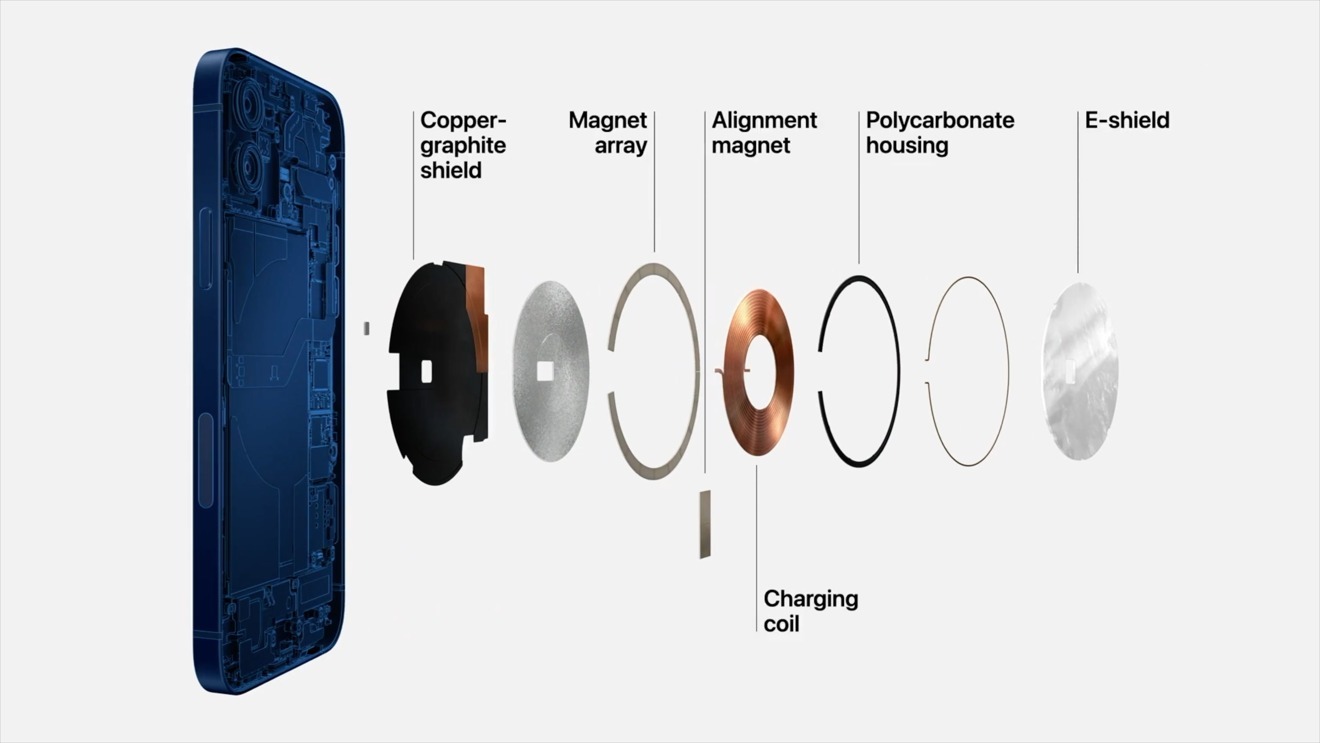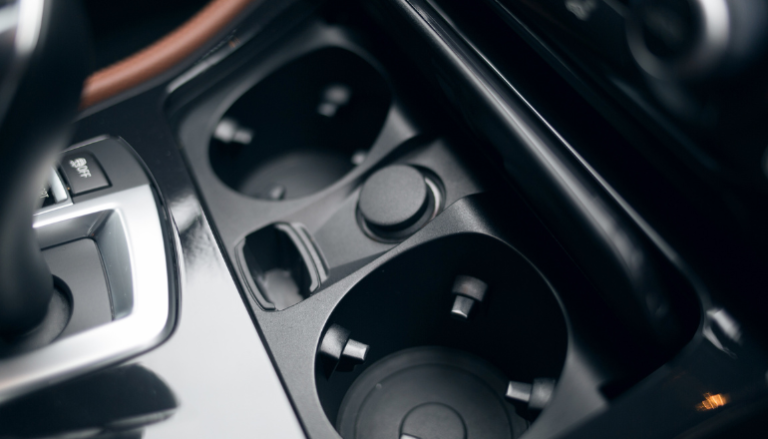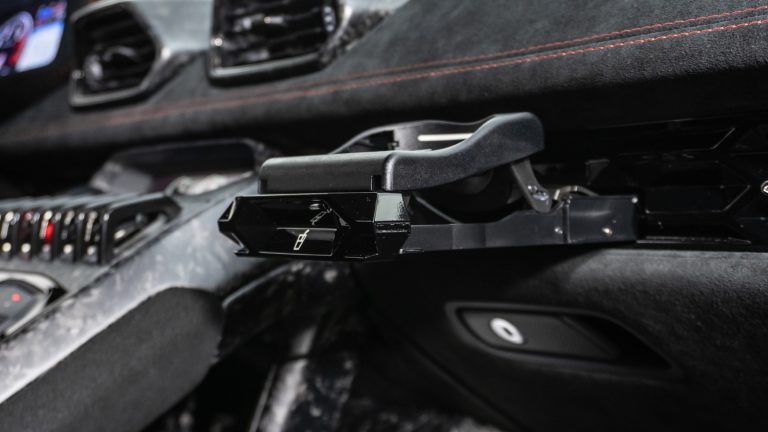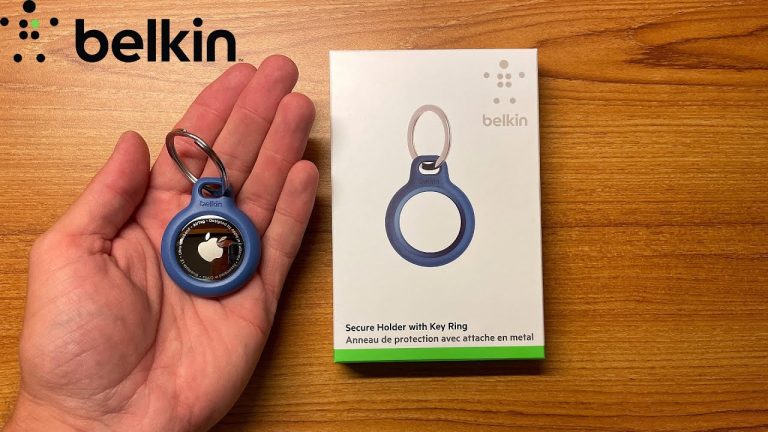Magsafe vs Wireless Charging: Which is the Superior Option?
In a world where technology is constantly evolving, the battle between convenience and efficiency rages on. One area of contention lies in the realm of wireless charging, where two titans clash: MagSafe and Qi. MagSafe, Apple’s revolutionary technology, promises lightning-fast and hassle-free charging, utilizing the power of magnets to align devices and deliver a higher charging capacity. On the other hand, Qi, the dominant wireless charging technology, emphasizes the importance of proper alignment for charging success. As the debate heats up, join us as we delve deeper into the world of MagSafe versus wireless charging, unlocking the secrets and discovering which method reigns supreme.
magsafe vs wireless charging
When comparing MagSafe vs wireless charging, it is important to understand that MagSafe is a specific technology developed by Apple for fast and convenient wireless charging. While wireless charging uses electromagnetic induction to charge devices, MagSafe takes it a step further by providing perfect alignment, faster charging speed, and compatibility with accessories. MagSafe chargers can deliver 15W of power, compared to 7.5W from other chargers, and they can pass through power even with a MagSafe-compatible case. While non-MagSafe devices can still be charged with MagSafe chargers, they will not have the magnetic adhesion. MagSafe chargers are recommended for those who prioritize fast charging. On the other hand, Qi wireless charging has become dominant in the industry due to support from major manufacturers and Apple. Qi-certified charging mats can be used for wireless charging on iPhones and AirPods with wireless charging cases. Proper alignment is crucial for wireless charging, and misalignment may prevent charging. The MagSafe Duo charger can charge two devices simultaneously, but minimizing material between the charging coils is important. Certain attachments may hinder charging or cause damage, and removing cases, especially battery or metal cases, may improve wireless charging performance. iPhones may get warm during long charging sessions and have a safety mechanism to limit charging at high temperatures. Finally, it is important to note that wired and wireless charging cannot be used simultaneously, as physical connections must be disconnected for wireless charging.
Key Points:
- MagSafe chargers ensure perfect alignment and faster charging speed of 15W.
- MagSafe chargers have compatibility with accessories and can pass through power even with a MagSafe-compatible case.
- Non-MagSafe devices can still be charged with MagSafe chargers, but without magnetic adhesion.
- MagSafe chargers are recommended for those prioritizing fast charging.
- Qi wireless charging has become dominant in the industry, with support from major manufacturers and Apple.
- Proper alignment is crucial for wireless charging, and removing cases may improve performance.
Sources
https://www.esrgear.com/blog/whats-the-difference-between-wireless-charging-and-magsafe/
https://appleinsider.com/articles/21/01/01/qi-and-magsafe—everything-an-iphone-user-needs-to-know-about-wireless-charging
https://www.tomsguide.com/news/iphone-12-charging-speed-tested-20w-vs-magsafe-vs-5w
https://case-mate.com/blogs/case-mate-blog/magsafe-vs-wireless-charging
Check this out:
💡 Pro Tips:
1. When using a MagSafe charger, make sure to minimize any materials or obstructions between the charger and the iPhone to ensure optimal charging speed.
2. If you’re using a non-MagSafe device, you can still utilize a MagSafe charger for charging, although you won’t benefit from the magnetic adhesion.
3. Ensure proper alignment when using wireless charging mats or MagSafe chargers, as misalignment can prevent effective charging.
4. For improved wireless charging performance, consider removing cases, especially battery cases or metal cases, which may hinder charging or cause damage.
5. Keep in mind that iPhones may get warm during long charging sessions, and they have built-in safety mechanisms to limit charging at high temperatures, ensuring device safety.
Difference Between Wireless Charging Methods
Wireless charging has revolutionized the way we power up our mobile devices, offering convenience and eliminating the need for fumbling with charging cables. However, not all wireless charging methods are created equal. Two popular options in the market are MagSafe and traditional wireless charging.
Wireless charging operates on the principle of electromagnetic induction. It involves the transfer of energy from a charging pad to a device equipped with a compatible receiver coil. This method has become widely adopted, thanks to its simple and cable-free nature.
On the other hand, MagSafe is Apple’s answer to wireless charging. It utilizes a unique set of magnets that connect the charging pad to the back of compatible Apple devices. This magnetic alignment ensures a secure and reliable connection, as well as faster charging speeds.
Advantages Of Magsafe Chargers
MagSafe chargers offer several advantages over traditional wireless charging options. One notable advantage is the improved power delivery. While most wireless chargers deliver around 7.5W of power, MagSafe chargers can provide an impressive 15W. This means faster charging times, allowing you to get your device ready to go in no time.
Another advantage of MagSafe chargers is their perfect alignment. The magnetic connection ensures that your device is correctly positioned on the charging pad every time. With traditional wireless chargers, misalignment can often lead to failed charging attempts. MagSafe eliminates this frustration, making it easier and more efficient to charge your device.
Compatibility And Functionality Of Magsafe Chargers
MagSafe chargers are not only compatible with MagSafe-enabled devices but can also work with non-MagSafe devices. While the magnetic connection is absent for non-MagSafe devices, they can still benefit from the faster charging speeds provided by MagSafe technology.
In addition to devices, MagSafe chargers also offer compatibility with a range of accessories. Apple has designed a variety of MagSafe accessories, such as wallets and cases, that can magnetically attach to the back of MagSafe-enabled devices. This allows for a seamless and integrated charging experience while still being able to utilize the convenience of accessories.
Furthermore, MagSafe chargers can pass through power even when a MagSafe-compatible case is present. This means you don’t have to go through the hassle of removing your case every time you want to charge your device.
Considerations For Non-Magsafe Devices
For those who do not own MagSafe-enabled devices, using a MagSafe charger can still be an option. However, it’s important to note that without the magnetic adhesion, the alignment of the device becomes crucial for successful charging. It might require a bit more attention to ensure the correct positioning on the charging pad.
Nonetheless, the benefit of faster charging speeds remains, making MagSafe chargers a recommended choice for those who prioritize quick and efficient charging.
Limitations And Precautions Of Wireless Charging
While wireless charging offers convenience, there are certain limitations and precautions to be aware of. Proper alignment is crucial for successful charging, and misalignment can prevent charging altogether. It’s important to ensure that your device is correctly positioned on the charging pad to avoid any frustration or inconvenience.
Another consideration when using wireless charging is the presence of certain attachments that may hinder the charging process or even cause damage. Removing cases, especially battery cases or metal cases, can improve wireless charging performance.
Additionally, it’s worth noting that iPhones may get warm during prolonged charging sessions. This is normal, as a safety mechanism within the device limits charging at high temperatures to protect the battery. Therefore, it’s essential to monitor the temperature while charging wirelessly and make sure the device is within a safe range.
Lastly, it’s important to remember that wired and wireless charging cannot be used simultaneously. If you wish to switch to wireless charging, you must disconnect any physical connections, such as wired chargers or accessories.
In conclusion, both MagSafe and traditional wireless charging offer their own advantages and considerations. MagSafe chargers provide faster charging speeds, perfect alignment, and compatibility with a range of accessories. However, traditional wireless charging options remain viable for non-MagSafe devices, as long as proper alignment is maintained. Ultimately, the choice between MagSafe and wireless charging depends on individual preferences and device compatibility.





